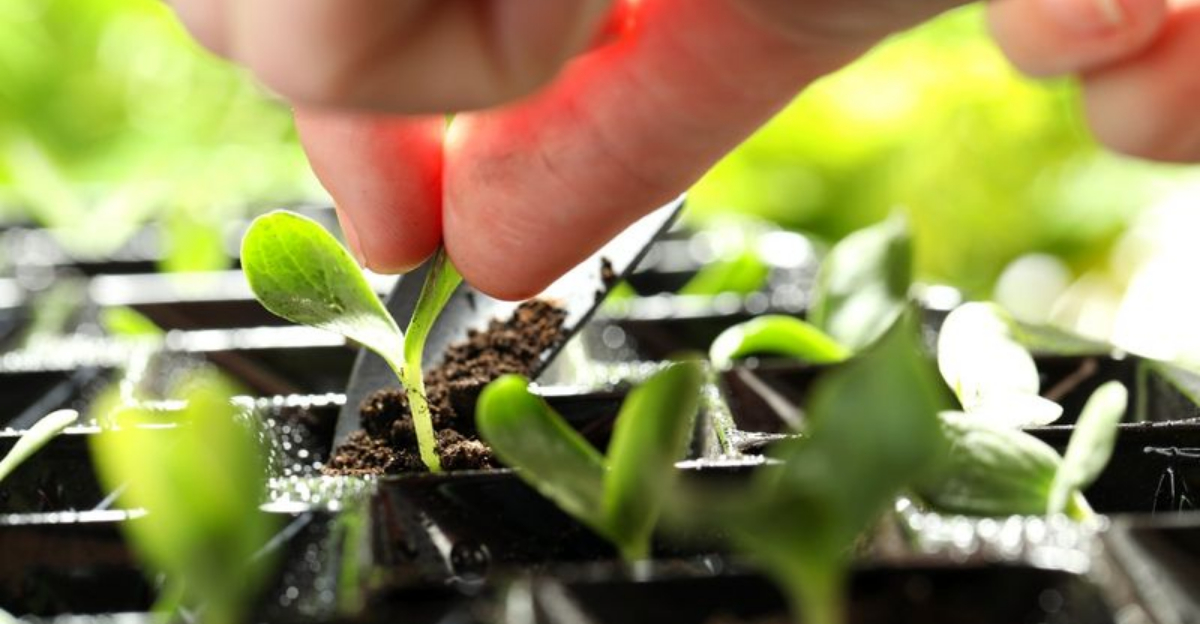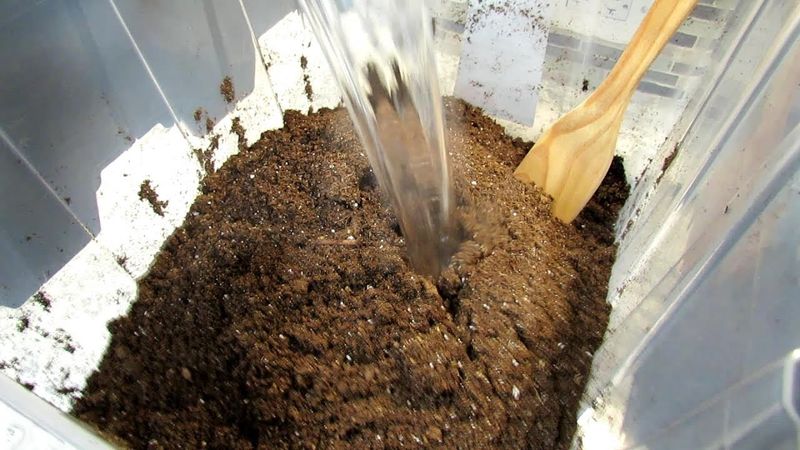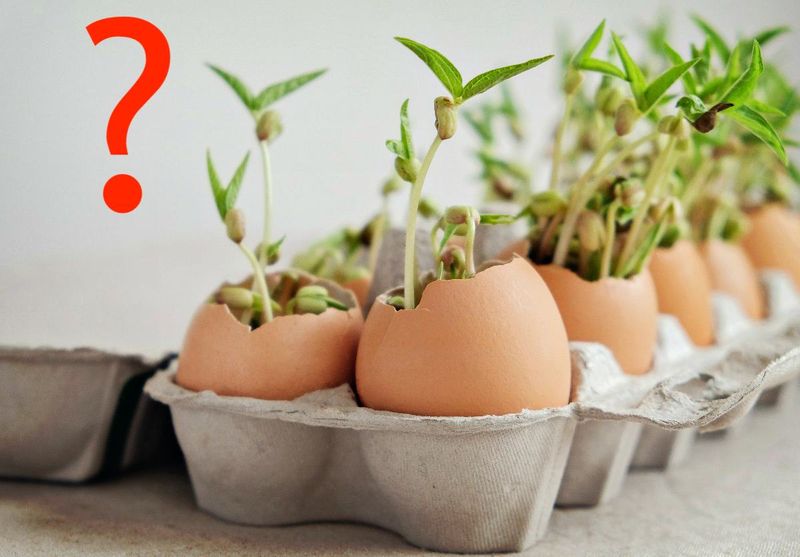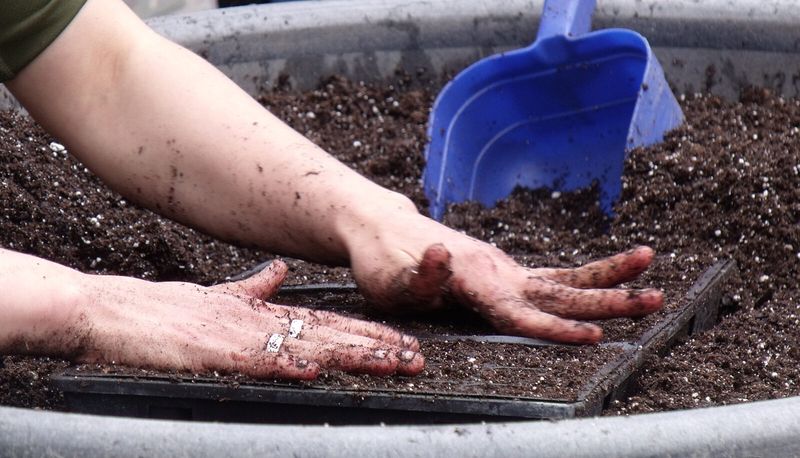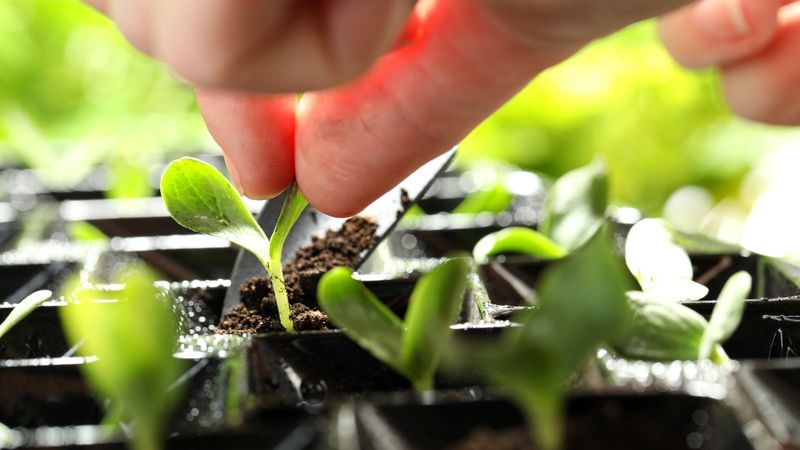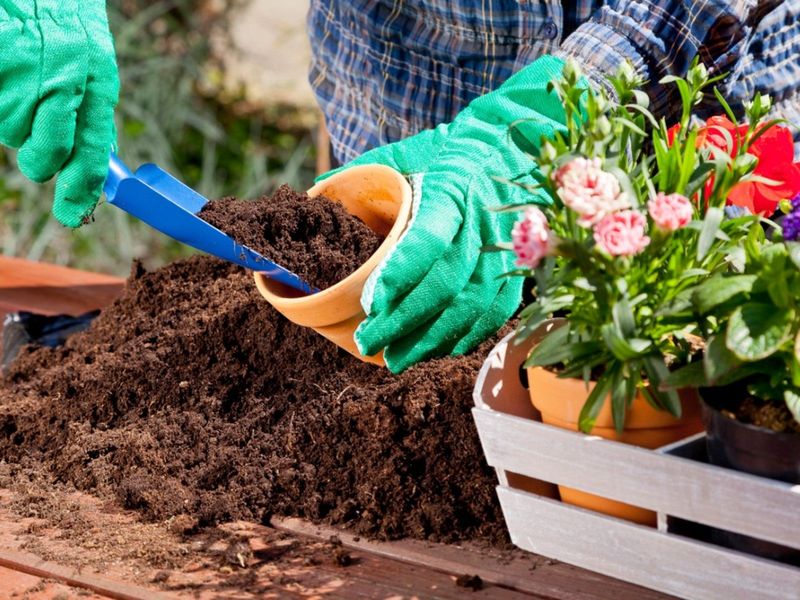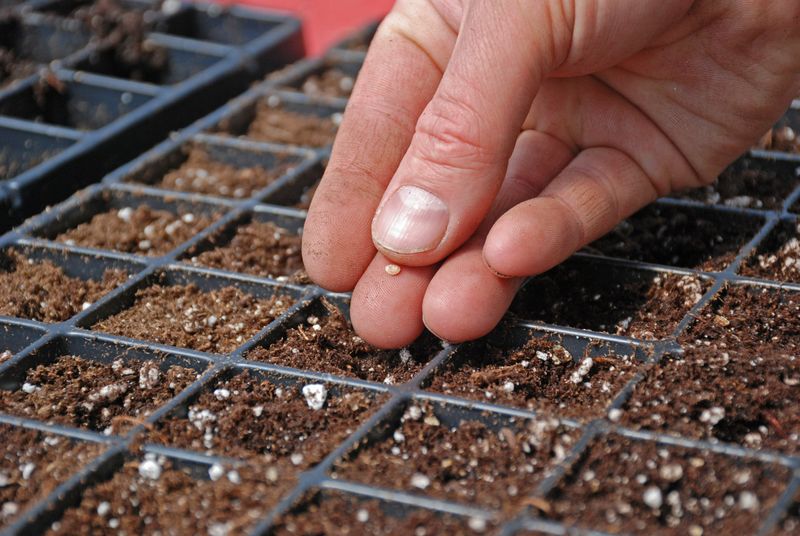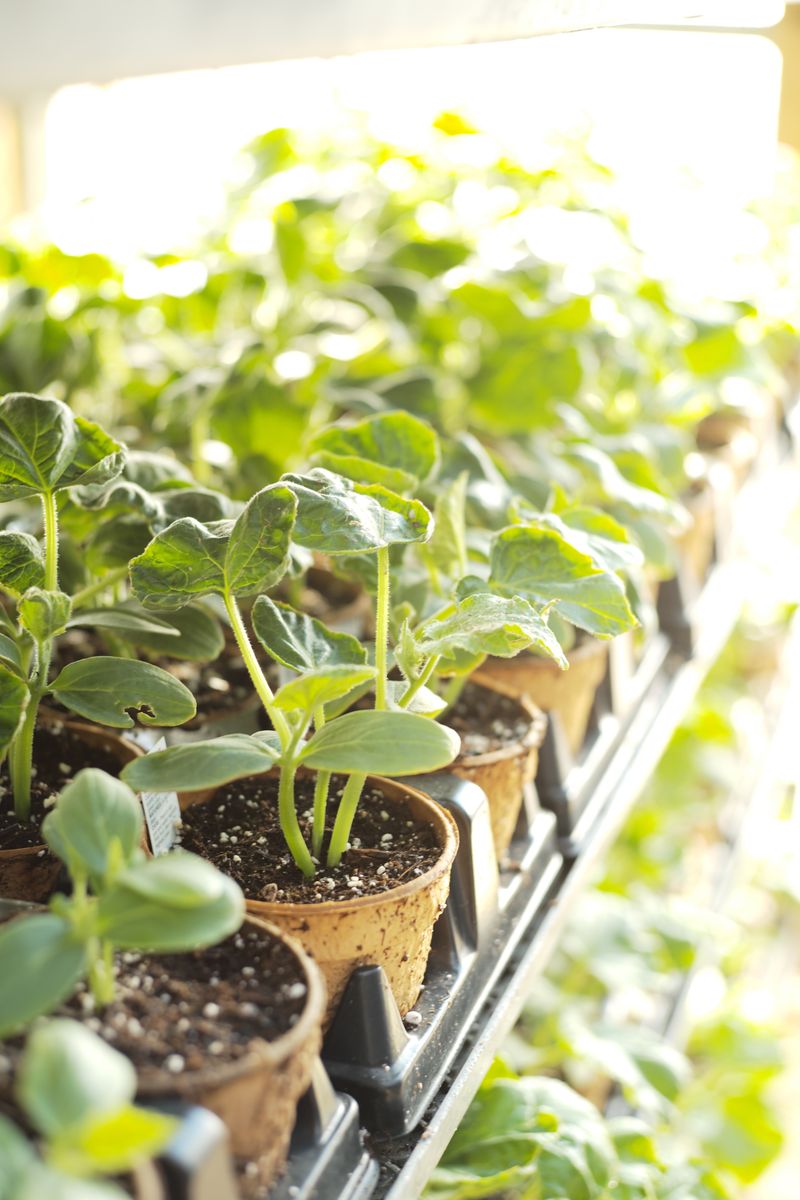Welcome to the world of gardening, where myths often sprout as quickly as the plants themselves. These misconceptions can lead even the greenest thumbs astray.
Today, we’ll debunk eight of the most common seed starting myths and provide you with practical solutions to ensure your garden flourishes.
Each section will guide you through these gardening myths and offer reliable advice to cultivate your seedlings successfully.
1. Using Boiling Water to Sterilize Soil
Many gardeners believe that pouring boiling water over soil is an effective sterilization method. While it might kill pathogens, it also destroys beneficial microorganisms.
Instead of using boiling water, consider heating the soil in an oven at 180°F for 30 minutes. This kills harmful organisms while preserving beneficial ones.
By maintaining the soil’s health, you ensure your seeds have the best start possible. Remember, a healthy garden begins with healthy soil, not scorched earth.
2. Starting Seeds in Eggshells
Eggshells may seem like an eco-friendly seed-starting option, but they often lack the space needed for roots to develop. Additionally, they do not decompose quickly enough in soil, restricting plant growth.
Instead, consider using biodegradable pots made from peat or coir. These options offer more room and can be planted directly into the ground. This approach supports root development and reduces transplant shock, helping your plants thrive from the get-go.
3. Planting Seeds Too Deeply
Planting seeds too deeply is a common error. When seeds are buried too far, they struggle to reach the surface, leading to poor germination rates. A general rule is to plant seeds at a depth of two to three times their diameter.
This ensures they have enough soil coverage to stay moist but are not too deep to emerge. Following this guideline increases the likelihood of healthy and robust seedlings.
4. Overwatering Seedlings
Overwatering is a classic gardening blunder. Excess moisture can lead to fungal diseases and root rot, which are detrimental to seedlings. Allow the top inch of soil to dry out between waterings to prevent over-saturation.
Use a mister or a watering can with a fine spout to control the water amount. By managing your watering schedule, you’ll cultivate strong, healthy seedlings ready to transplant.
5. Using Garden Soil in Pots
Garden soil is often too heavy for container use. It can compact easily, restricting root growth and reducing aeration. Opt for a lightweight potting mix designed for containers, providing better drainage and nutrient availability.
These mixes are formulated to promote healthy root development. Your plants will thank you with vigorous growth and blossoms.
6. Ignoring Seed Packet Instructions
Many gardeners skip reading seed packet instructions, missing crucial information. These instructions offer specific guidance on planting depth, spacing, and care.
Taking the time to read and follow these instructions ensures you provide the best start for your seeds. Each seed type has unique needs that, when met, enhance growth. Embrace the wisdom on those packets to maximize your gardening efforts.
7. Using Fertilizer Immediately After Germination
Applying fertilizer too soon can burn young seedlings. They require time to establish roots before they can handle nutrient boosts.
Wait until seedlings have developed their first true leaves before fertilizing. Use a diluted, balanced fertilizer to support their gradual growth. Patience ensures strong, resilient plants ready for the great outdoors.
8. Believing Seedlings Need Full Sun
While many plants need sunlight, seedlings thrive in filtered or indirect light. Direct sunlight can scorch tender seedlings, causing stress. Place seedlings in a spot with morning sun or filtered light for a few hours each day.
This helps them acclimate without the risk of overheating. This balanced approach encourages healthy development from the start.
